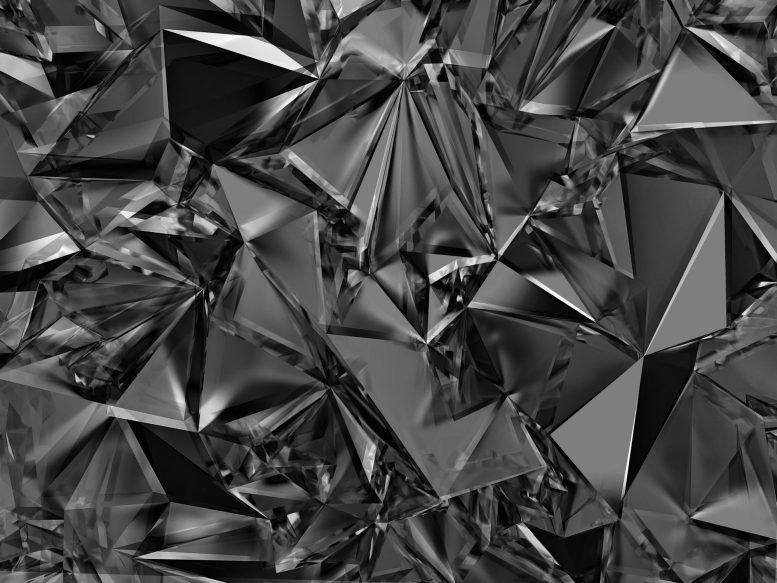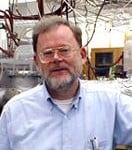
A team of scientists from Johns Hopkins University and McNeese State University have determined that when 32 units of lead sulfide, PbS, molecules assemble together, you get the smallest nano-crystal (cluster) possible that still exhibits the same crystal structure as bulk lead sulfide.
A team of scientists has determined the size of the smallest, cubic, lead sulfide cluster that exhibits the same crystal structure as bulk lead sulfide, (rock salt). Determining the size of nano and sub-nano scale assemblies of atoms or molecules at which they first take on recognizable properties of the same substance in the macroscopic world is an important goal in nanoscience.

Working together, experimental and computational scientists at The Johns Hopkins University and McNeese State University in Louisiana have determined that for lead sulfide, the smallest nano-crystal (cluster) with the same structural (coordination) properties as the bulk occurs when 32 units of lead sulfide, PbS, molecules assemble together. Their results were published in the Journal of Chemical Physics and The Virtual Journal of Nanoscale Science & Technology.
After their calculations made this prediction, the team tested it by gently depositing size-selected (PbS)32 clusters onto a graphite surface, where they could easily migrate and merge together to form larger nanoscale structures.
“By using scanning tunneling microscope (STM) images to measure the dimensions of the resultant lead sulfide nano-blocks, we confirmed that (PbS)32 baby crystals had indeed stacked together as predicted by theory,” said Kit Bowen Jr., the E. Emmet Reid Professor in the Department of Chemistry at The Johns Hopkins University, who worked with his colleague, Howard Fairbrother, on the project.
Conceptually, these results shed light on how solids are formed. Technologically, these clusters are perhaps the smallest lead sulfide quantum dots, species that may have applications as photovoltaics.